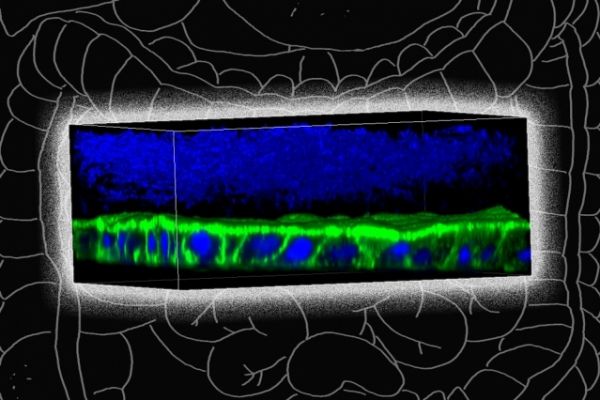Several thousand strains of bacteria live in the human gut. Some of these are associated with disease, while others have beneficial effects on human health. Figuring out the precise role of each of these bacteria can be difficult, because many of them can’t be grown in lab studies using human tissue.
This difficulty is especially pronounced for species that cannot live in oxygen-rich environments. However, MIT biological and mechanical engineers have now designed a specialized device in which they can grow those oxygen-intolerant bacteria in tissue that replicates the lining of the colon, allowing them to survive for up to four days.
“We thought it was really important to contribute a tool to the community that could be used for this extreme case,” says Linda Griffith, the School of Engineering Professor of Teaching Innovation in MIT’s Department of Biological Engineering. “We showed that you can grow these very fastidious organisms, and we were able to study the effects they have on the human colon.”
Read more at Massachusetts Institute of Technology
Image: MIT biological and mechanical engineers have designed a specialized device in which they can grow oxygen-intolerant bacteria in tissue that replicates the lining of the colon. F. prausnitzii bacteria (blue, at top of image) grow above a layer of human mucosal barrier cells (green and blue).
Image Credit: Jianbo Zhang. Background edited by MIT News


